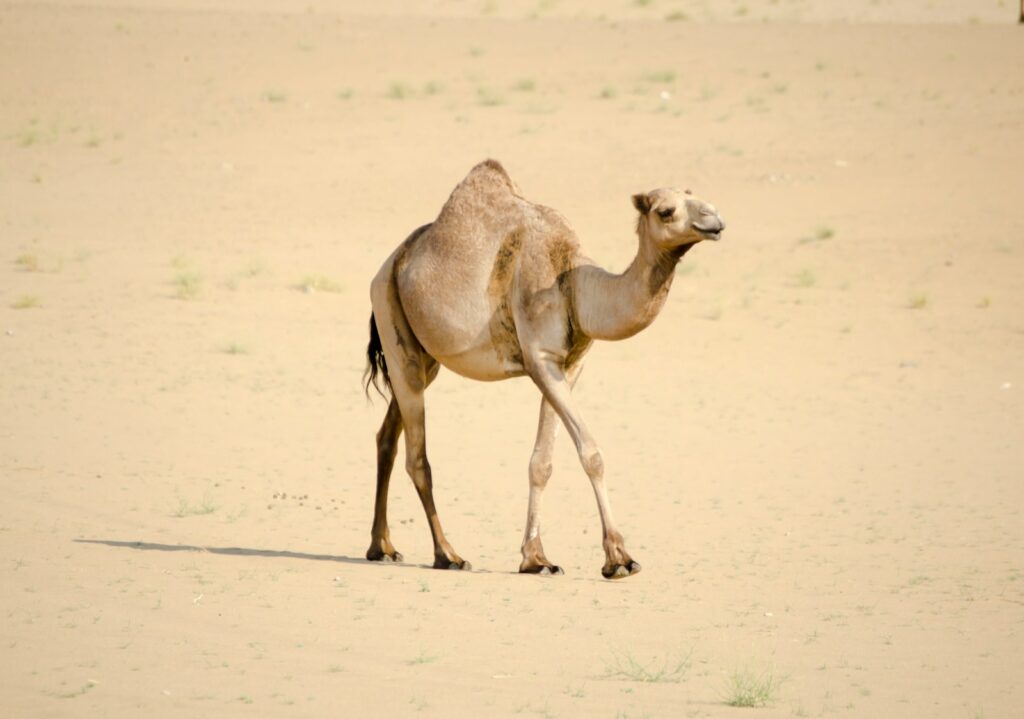When we think of camels today, we typically envision them traversing hot, arid deserts in Africa and the Middle East. However, paleontological evidence tells a fascinating story that challenges this common perception. Long before modern camels adapted to desert environments, their ancient ancestors thrived in the frigid Arctic regions of North America. These prehistoric Arctic camels represent one of the most fascinating chapters in mammalian evolutionary history, demonstrating the remarkable adaptability of life on Earth and challenging our assumptions about where certain animals “belong” in the natural world.
The Origins of Camelids: A North American Story
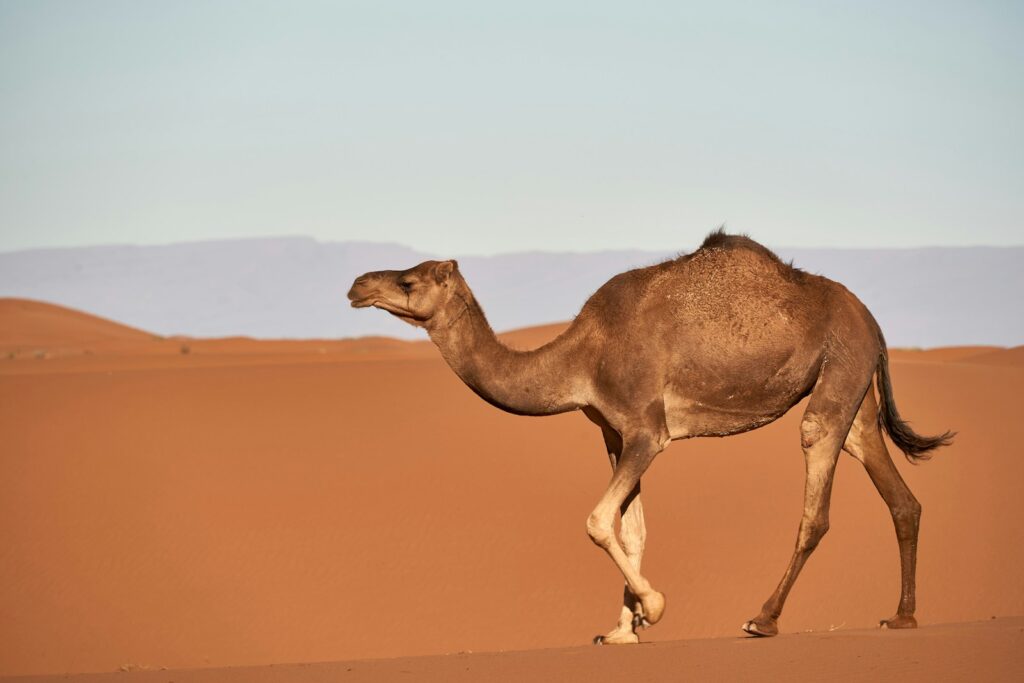
Contrary to popular belief, the camel family (Camelidae) actually originated in North America approximately 40-45 million years ago during the Eocene epoch. The earliest camelids were small, forest-dwelling creatures about the size of rabbits, looking nothing like the large desert-adapted animals we know today. These ancestral camels, such as Protylopus, roamed the subtropical forests that once covered much of the continent, gradually evolving larger bodies and adaptations for more open habitats as North America’s climate changed over millions of years. Through numerous speciation events and evolutionary branches, camelids diversified extensively across the continent, with some lineages eventually adapting to the northernmost regions of the continent. This North American origin is perhaps the first surprising twist in the camel story, as it places the evolutionary birthplace of these animals thousands of miles from their current distribution.
The Arctic Giant: Meet Paracamelus
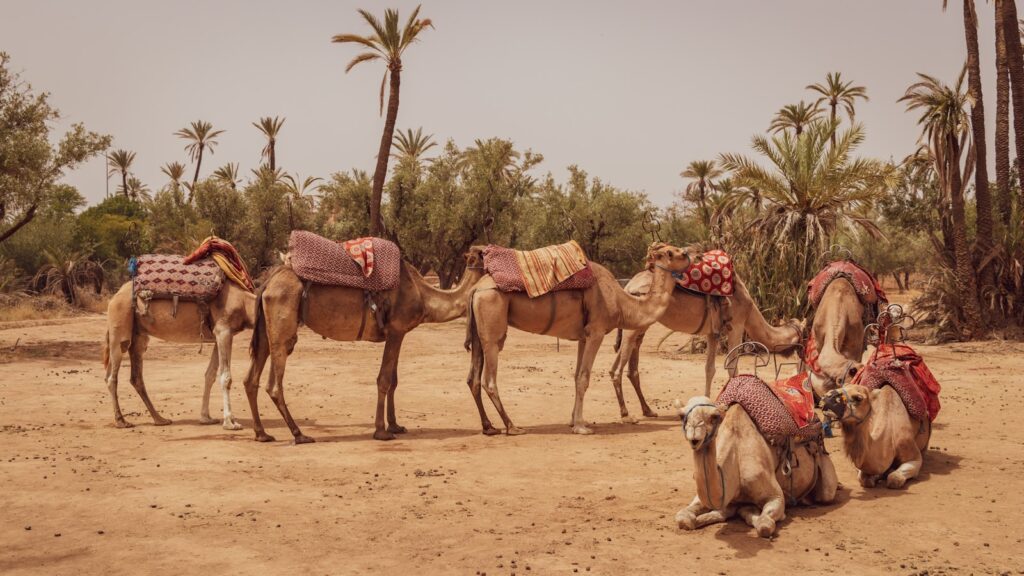
Among the most remarkable prehistoric camels was Paracamelus, an impressive species that lived between 3.6 and 2.5 million years ago during the Pliocene epoch. Paracamelus stood approximately seven feet tall at the shoulder, making it larger than modern dromedary camels. Fossils of these magnificent creatures have been discovered on Ellesmere Island in the Canadian High Arctic, an area that today experiences perpetual winter darkness for months and temperatures that plunge to -40°F. These giant Arctic camels had long legs adapted for traversing snow-covered landscapes and likely possessed the characteristic humps of modern camels, which would have stored fat reserves essential for surviving the lean Arctic winters. Their discovery so far north came as a shock to paleontologists, who had to reconsider their understanding of camel evolution and adaptation.
Arctic Adaptations: How Camels Survived the Cold
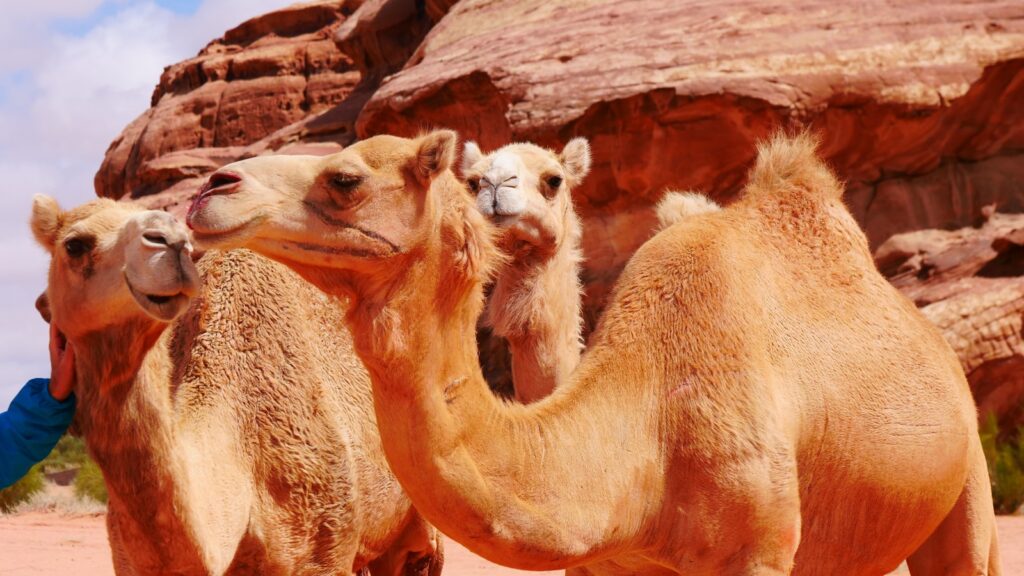
The question of how these ancient camels survived in such extreme northern environments has fascinated scientists since their discovery. Many of the adaptations that help modern camels survive in deserts actually originated as cold-weather survival mechanisms in their Arctic ancestors. Their large body size would have helped them conserve heat, following Bergmann’s rule that animals tend to be larger in colder climates. Their distinctive humps, while storing fat in modern camels for desert journeys, likely served as crucial energy reserves during the long, dark Arctic winters when food was scarce. Perhaps most importantly, these camels possessed specialized blood vessels in their legs that allowed for efficient thermoregulation, preventing excessive heat loss in cold conditions—the same adaptation that helps modern camels keep cool in hot deserts. Even their wide, flat feet, which prevent modern camels from sinking into desert sand, would have been advantageous for walking on snow and soft tundra, functioning essentially as natural snowshoes.
Ellesmere Island: The Arctic Camel’s Home
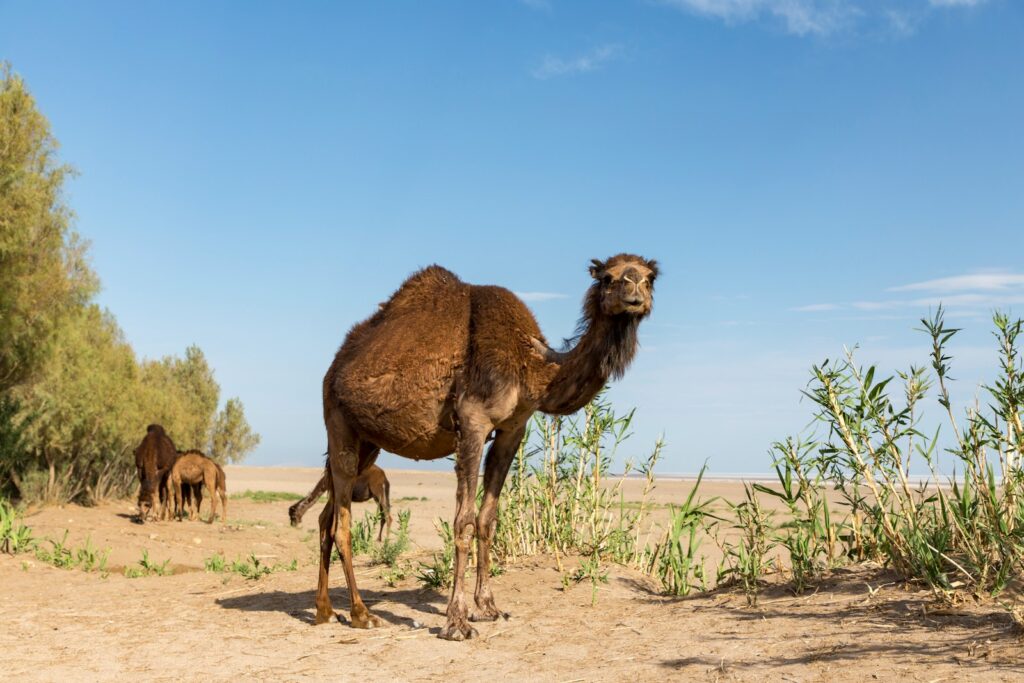
Ellesmere Island, where the most significant Arctic camel fossils have been discovered, currently lies at approximately 78 degrees north latitude, well within the Arctic Circle. During the time these camels roamed the region, around 3.5 million years ago, the Arctic was experiencing a period of relative warmth compared to today, though temperatures were still significantly colder than in the southern portions of North America. The landscape would have featured boreal forests dominated by larch trees, with temperatures averaging about 14-22°F warmer than present-day conditions—still cold by most standards, but habitable for these specially adapted camels. Seasonal changes would have been extreme, with perpetual daylight during summer months followed by complete darkness during winter, requiring remarkable adaptive flexibility from these large mammals. The fossil site, known as the Fyles Leaf Bed, has yielded not just camel remains but also preserved plant material that helps scientists reconstruct this ancient Arctic ecosystem with remarkable detail.
Breakthrough Discovery: The Kap København Formation
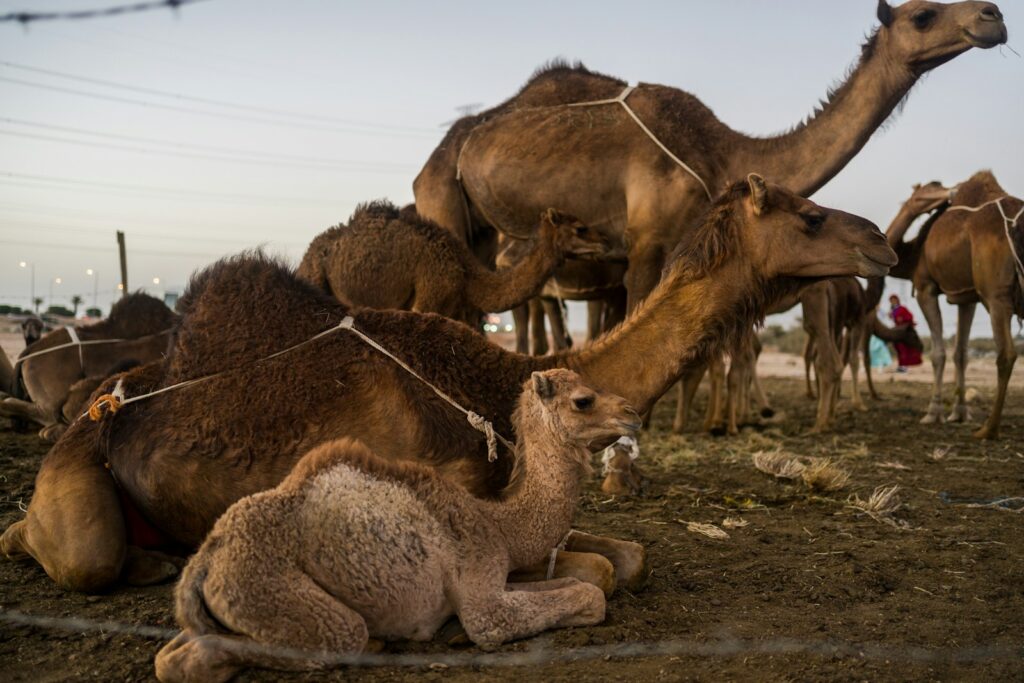
A groundbreaking discovery in Greenland’s Kap København Formation further expanded our understanding of ancient Arctic camels. In 2022, researchers extracted ancient environmental DNA (eDNA) from soil samples dating back approximately two million years, revealing the presence of camel DNA alongside evidence of mastodons, reindeer, and hares. This revolutionary approach to paleontology allowed scientists to detect the presence of animals without traditional fossils, opening a new window into the Arctic’s prehistoric biodiversity. The eDNA findings confirmed that camels were widespread across the High Arctic, not just isolated to previously discovered fossil sites. The Kap København ecosystem represented a unique Arctic forest-tundra habitat unlike anything existing today, with average temperatures approximately 11-19°F warmer than modern Arctic conditions. These findings helped establish that Arctic camels weren’t anomalies but were instead well-established residents of the prehistoric Far North for millions of years.
Dietary Adaptations: What Did Arctic Camels Eat?
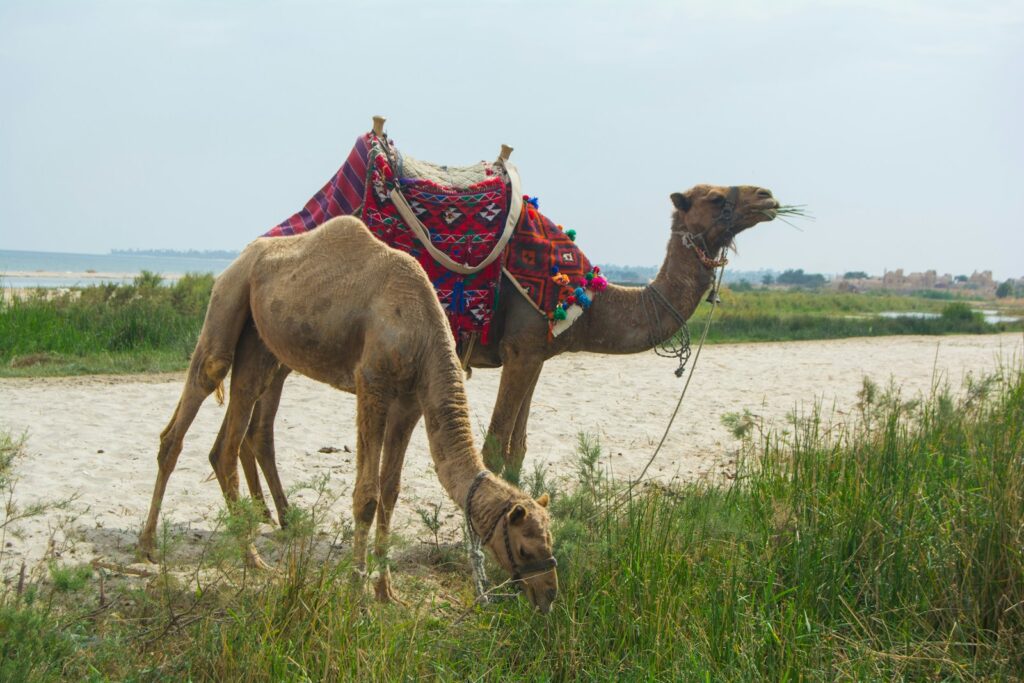
The diet of Arctic camels differed significantly from their modern descendants, adapted to the unique plant communities of the prehistoric Arctic. Analysis of plant fossils found alongside camel remains suggests these animals browsed primarily on conifer needles, dwarf birch, and various Arctic shrubs that would have been available during the brief growing season. Their teeth show adaptations for processing tough, fibrous vegetation, with high-crowned molars and specialized premolars that could efficiently grind plant material. Like modern camels, Arctic camels were likely ruminants, with multiple stomach chambers that helped them extract maximum nutrition from relatively poor-quality plant foods. During the winter months, when fresh growth was unavailable, these camels would have relied heavily on stored body fat and likely consumed bark, twigs, and whatever conifer needles remained accessible above the snowpack. Their ability to process such marginal food sources was key to their survival in an environment with extreme seasonal resource fluctuations.
Collagen Evidence: Solving the Arctic Camel Mystery
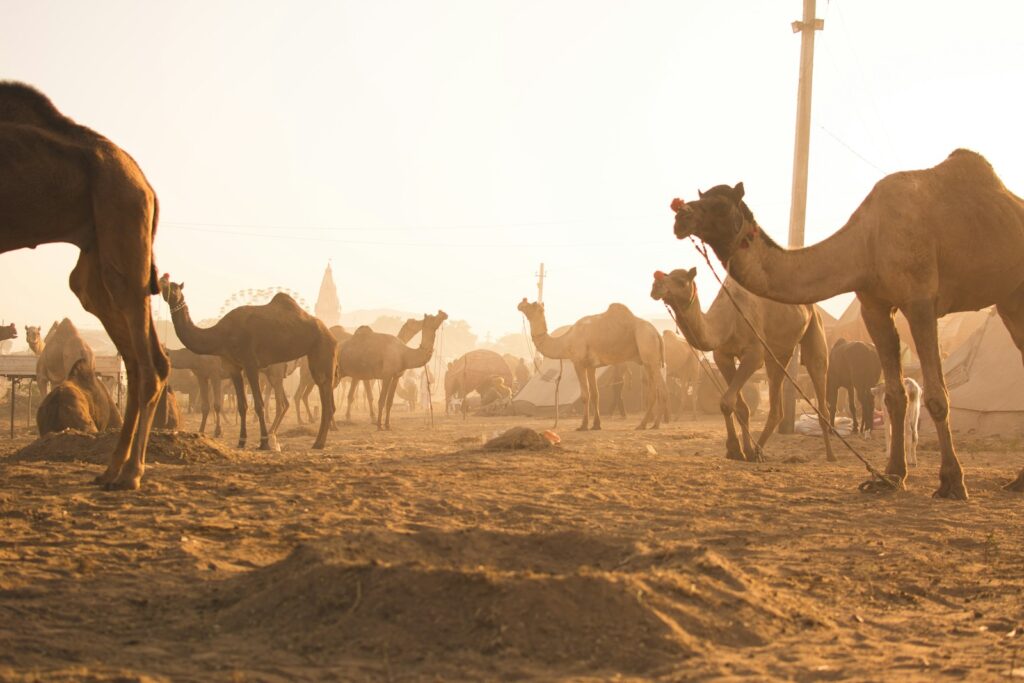
In 2013, a team of scientists led by Dr. Natalia Rybczynski made a breakthrough in understanding Arctic camels by analyzing collagen protein sequences from fossil fragments found on Ellesmere Island. The fossils themselves were so fragmentary that traditional identification methods were challenging, but collagen, which can survive in fossils for millions of years, provided crucial molecular evidence. The collagen profile matched most closely with modern dromedary camels, confirming that these remains belonged to a member of the camel family rather than another large Arctic mammal. This pioneering use of ancient protein analysis represented one of the first applications of the technique to such old specimens and has since become an important tool in paleontology. The collagen evidence not only confirmed the identity of the Arctic camel but also provided insights into its relationship with modern camel species, suggesting that many camel adaptations evolved first in cold climates before being repurposed for desert environments.
Evolutionary Relationships: Connecting Past and Present Camels
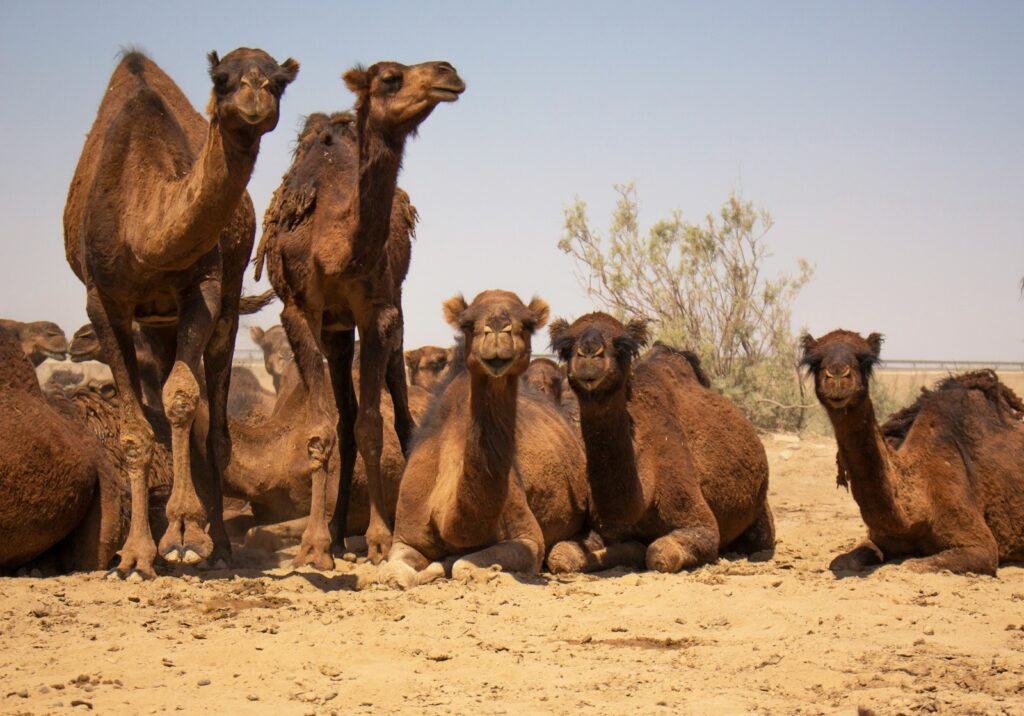
The evolutionary relationships between Arctic camels and modern species tell a complex story of continental migrations and adaptive radiation. Today’s camels belong to three main groups: the dromedary (Arabian) and Bactrian camels of Africa and Asia, and the South American camelids (llamas, alpacas, vicuñas, and guanacos). Genetic and fossil evidence indicates that all three groups descended from North American ancestors. Around 3-5 million years ago, some North American camels migrated across the Bering Land Bridge into Asia, eventually giving rise to the ancestors of today’s Old World camels. Simultaneously, other camel species moved south into South America across the newly-formed Isthmus of Panama, evolving into the llama lineage. Intriguingly, while camels thrived after leaving North America, they mysteriously went extinct on their home continent approximately 10,000 years ago, during the end-Pleistocene megafaunal extinctions. This complex biogeographical history explains why modern camels exist on continents far from their evolutionary birthplace.
The High Arctic Camel: Physical Characteristics
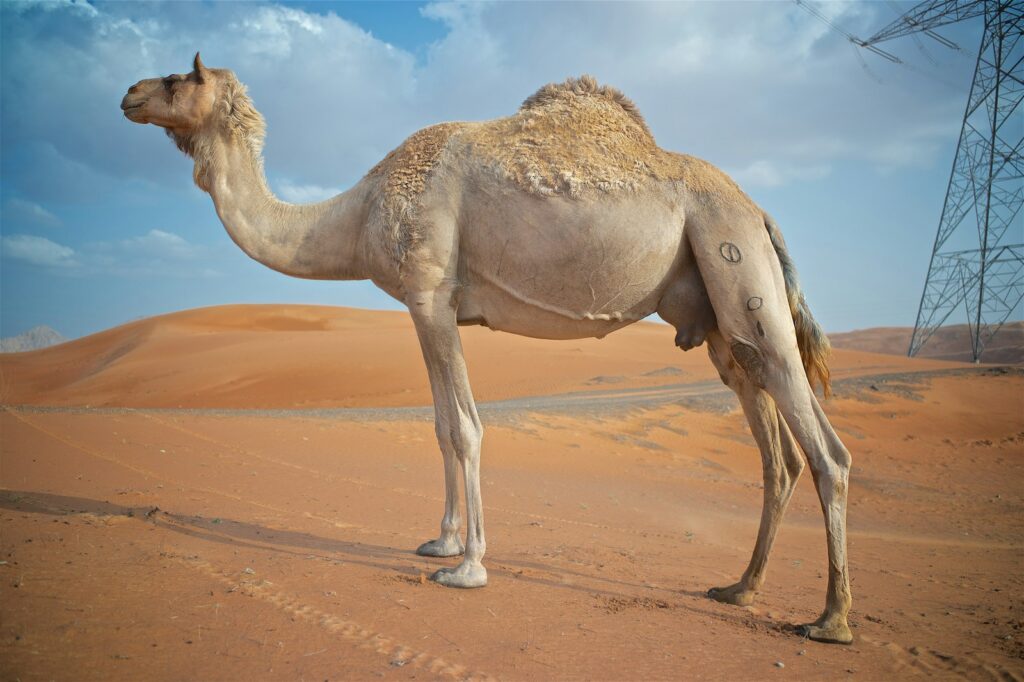
Based on fossil evidence and comparisons with modern relatives, scientists have been able to reconstruct the likely appearance and physical characteristics of High Arctic camels. These animals were truly imposing, standing approximately 2.7 meters (9 feet) tall at the shoulder and weighing an estimated 900 kilograms (2,000 pounds), making them about 30% larger than modern dromedaries. Their legs were proportionally longer than those of modern camels, an adaptation that would have helped them navigate deep snow more efficiently. They almost certainly possessed the wide, splayed feet characteristic of the camel family, which would have acted as natural snowshoes by distributing their weight over a larger surface area. Unlike their desert-dwelling descendants, Arctic camels likely had thicker, more insulating coats to protect against the cold, possibly with seasonal shedding patterns similar to those seen in other Arctic mammals like muskoxen and caribou. While direct evidence of humps is not preserved in fossils (since humps consist of soft tissue), the presence of specialized vertebrae suggests they probably possessed at least one large hump for fat storage.
Climate Clues: What Arctic Camels Tell Us About Ancient Environments

The presence of camels in the High Arctic provides valuable information about prehistoric climate conditions that scientists couldn’t obtain through other methods. During the mid-Pliocene warm period when these camels thrived, global temperatures were approximately 2-3°C warmer than today, offering a potential analog for future climate change scenarios. Arctic amplification—the phenomenon where polar regions warm faster than the global average—was evident even then, with Arctic temperatures elevated by 10-20°C above current levels. The plant communities preserved alongside camel fossils indicate a boreal forest environment dominated by larch, spruce, and birch, extending much further north than modern tree lines. The camel adaptations themselves serve as biological climate proxies, indicating winters cold enough to require specialized cold-tolerance features but with sufficient plant productivity during summer months to sustain large-bodied mammals. This paleoclimate information helps climate scientists refine models of past warm periods and better understand Arctic sensitivity to global temperature changes.
From North to South: The Great Camel Migration

The story of how camels spread from North America to their current ranges involves one of the greatest animal migrations in evolutionary history. Beginning around 5-7 million years ago, North American camels began dispersing into other continents as changing conditions created new opportunities and challenges. Some camel populations moved northward and then westward across the Bering Land Bridge, which connected Alaska and Siberia during periods of lower sea levels. These camels would eventually colonize Asia and later Africa, evolving into the dromedary and Bactrian camels we know today. Simultaneously, other camel species migrated southward as the Panama land bridge formed about 3 million years ago, connecting North and South America for the first time in millions of years. These southern migrants evolved into the llamas, alpacas, guanacos, and vicuñas that still inhabit the Andes and adjacent regions. Remarkably, while camels successfully established themselves on three continents, they eventually disappeared from their North American homeland during the wave of megafauna extinctions that coincided with the end of the last ice age and the arrival of human hunters.
The Mystery of North American Camel Extinction
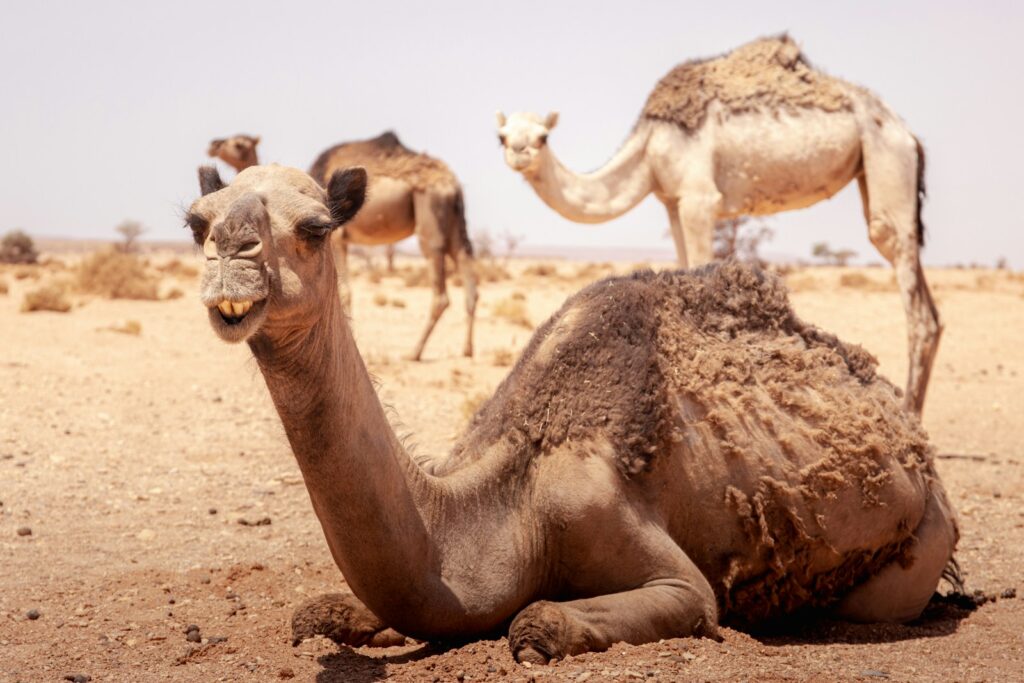
Despite thriving in North America for over 40 million years and successfully adapting to environments ranging from subtropical forests to Arctic tundra, camels mysteriously disappeared from their home continent approximately 10,000-12,000 years ago. This extinction coincided with the broader end-Pleistocene megafaunal collapse that eliminated roughly 70% of North America’s large mammal species, including mammoths, mastodons, giant sloths, and saber-toothed cats. Scientists continue to debate the primary causes of this extinction event, with leading hypotheses including climate change at the end of the last ice age, hunting pressure from newly-arrived human populations (the “overkill hypothesis”), novel diseases, or some combination of these factors. The timing of camel disappearance closely aligns with the arrival and spread of Paleoindian hunter-gatherers across North America, suggesting human impact likely played some role. Ironically, while camels vanished from the continent where they had evolved and diversified for tens of millions of years, their relatives survived on other continents where they had been relative newcomers, creating the disconnected modern distribution that initially obscured their North American origins.
Modern Implications: What Arctic Camels Teach Us About Adaptation
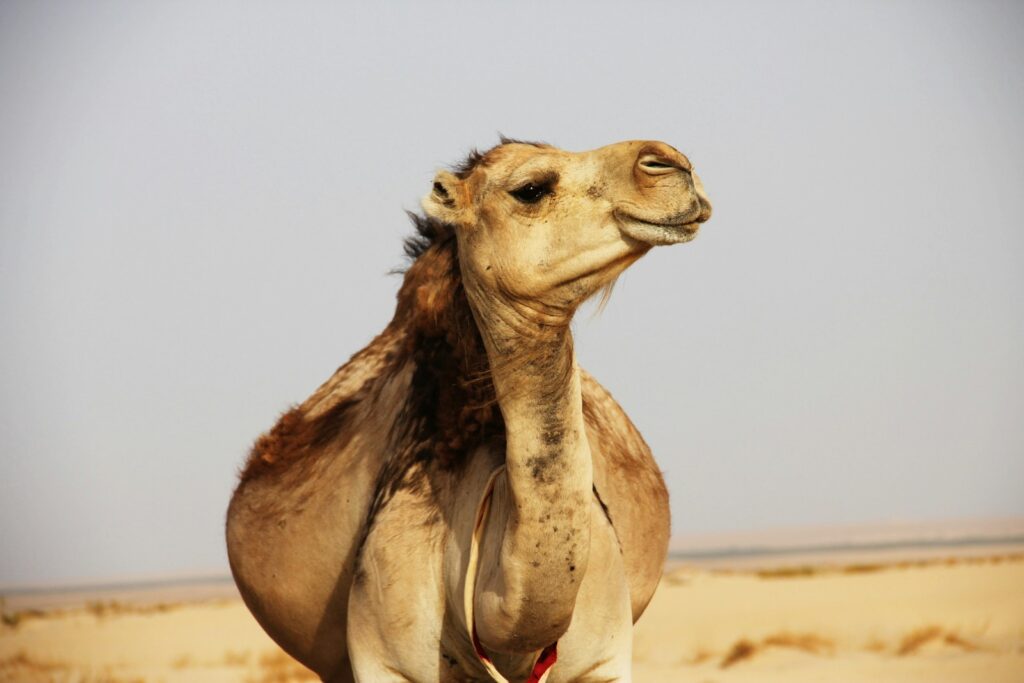
The discovery of Arctic-adapted camels provides valuable insights into biological adaptation and resilience in the face of changing environments. The fact that many features originally evolved for cold tolerance—such as efficient fat storage in humps and specialized circulatory systems—were later repurposed for desert survival demonstrates the concept of exaptation, where traits developed for one purpose become useful for entirely different functions as environments change. This evolutionary flexibility challenges simplistic notions about animals being “designed” for specific environments and highlights the remarkable plasticity of life over evolutionary timescales. Understanding how ancient camels adapted to Arctic conditions also helps modern conservation biologists predict how contemporary species might respond to rapid climate change. The camel’s evolutionary journey from forest-dwelling ancestors to Arctic giants to desert specialists over millions of years stands in stark contrast to the accelerated climate shifts occurring today, raising questions about whether modern species will have sufficient time to adapt to anthropogenic climate change. The story of Arctic camels thus serves as both an example of natural adaptability and a cautionary tale about the pace of environmental transformation.
Conclusion
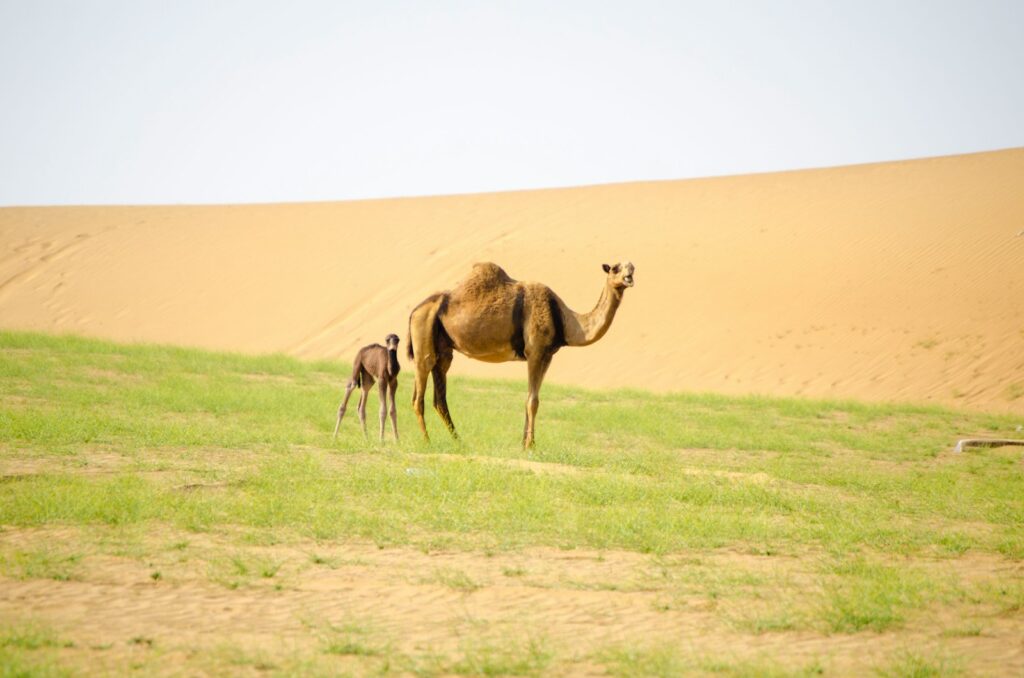
Arctic camels stand as one of paleontology’s most fascinating case studies, challenging our preconceptions about animal adaptations and geographical distributions. From their humble origins as small forest creatures in subtropical North America to their remarkable diversification across the continent—including adaptation to the harsh Arctic environment—these animals demonstrated extraordinary evolutionary versatility. The fact that modern camels are found exclusively in hot deserts and high-altitude regions of other continents, with no living representatives in their North American homeland, represents one of evolution’s most remarkable geographical transformations. As we continue to uncover more details about these extraordinary Arctic-adapted mammals, they remind us that the history of life on Earth is far more complex and surprising than we might initially assume, filled with unexpected twists and remarkable examples of biological resilience and adaptation.

